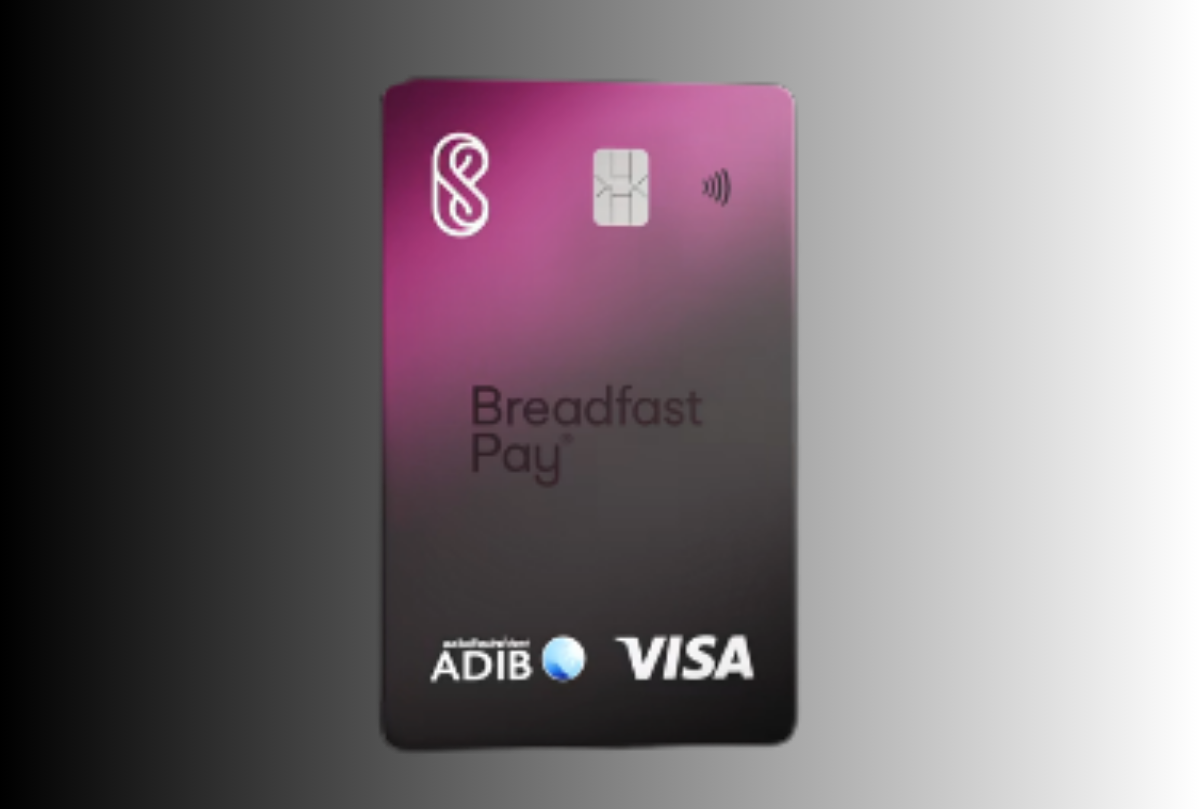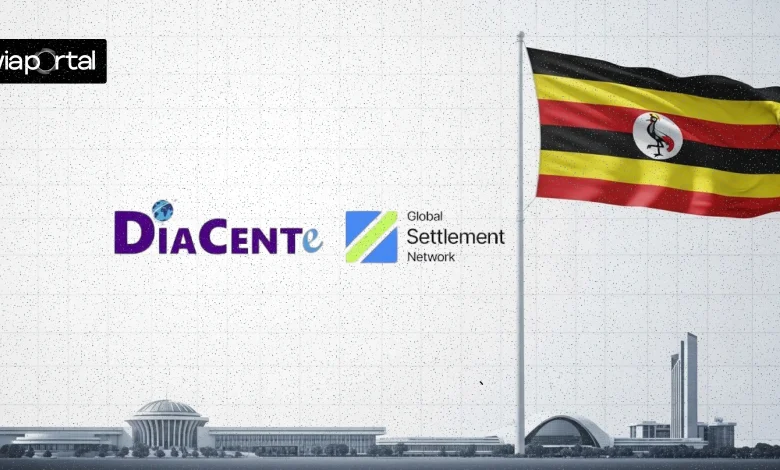In Kenya, where M-Pesa and mobile money dominate daily transactions, credit cards are gaining growing popularity as a convenient way to shop, travel, and build credit.
With only about 250,000 credit cards in use compared to 10 million debit cards, many Kenyans are new to this financial tool.
Choosing the right credit card can feel overwhelming, but it doesn’t have to be.
This guide breaks down the types of credit cards available in Kenya, explains key terms like APR and annual fees, and offers practical tips to help beginners pick the best card for their needs, whether it’s for fuel at Rubis, shopping at Carrefour, or planning a trip to Mombasa.
Why Choose a Credit Card in Kenya?
Credit cards offer flexibility to make purchases without immediate cash, provide rewards like cashback or points, and help build a strong credit history with the Credit Reference Bureau (CRB).
For example, using a card responsibly can improve your chances of securing a Sacco loan or mortgage.
However, with high interest rates (typically 24–36% annually) and fees, picking the right card is crucial to avoid debt. Here’s how to navigate the options.
Types of Credit Cards Available in Kenya
Kenyan banks like KCB, Equity, Standard Chartered, and others offer various credit cards tailored to different lifestyles. Here are the main types:
- Student Cards: Designed for young adults, often with low credit limits (e.g., KSh 20,000–50,000) and minimal fees. Example: The NIC Freedom Card is ideal for students paying for airtime or small online purchases on Jumia.
- Rewards Cards: Offer points, cashback, or miles for spending. Example: The Standard Chartered Platinum Card gives 5% cashback on dining at places like Java House or fuel at TotalEnergies.
- Secured Cards: Require a deposit as collateral, perfect for those with limited credit history. Example: Some Equity Bank cards allow low-income earners to start with a secured option.
- Premium Cards: Cater to high-income earners with perks like airport lounge access. Example: The I&M Visa Infinite Card offers LoungeKey access for frequent travellers to Nairobi or Diani.
- Classic Cards: Basic cards with moderate limits and fewer perks, suited for everyday use. Example: The KCB Classic Visa Card offers a KSh 20,000+ limit for shopping at Naivas.
Key Terms to Understand
Before choosing a card, familiarise yourself with these terms to make an informed decision:
- APR (Annual Percentage Rate): The yearly interest rate charged on unpaid balances, typically 24–36% in Kenya (2–3.5% monthly). For example, if you owe KSh 10,000 on a card with a 3% monthly APR and don’t pay in full, you’ll incur KSh 300 in interest the next month.
- Annual Fee: A yearly charge for using the card, ranging from KSh 2,500 (e.g., NCBA Gold Visa) to KSh 10,000 (e.g., KCB Platinum). Some cards, like the KCB Classic, may waive joining fees.
- Credit Limit: The maximum amount you can borrow, based on your income (KSh 20,000–1,000,000). For instance, a KSh 50,000 limit means you can spend up to that amount, like buying a phone at Sarit Centre.
- Interest-Free Period: A grace period (30–55 days) to pay your balance without interest. Example: The Co-op Bank Gold Visa offers up to 50 days, ideal for planned purchases like school fees.
- Rewards Programs: Points or cashback earned on spending. For example, KCB’s Simba Points can be redeemed for airtime or cash, while Standard Chartered offers cashback for fuel at Rubis.
- Late Payment Fees: Charges for missing payment deadlines, typically KSh 1,000–1,500. Missing payments also harms your CRB status.
READ ALSO:Top Credit Cards in Kenya for 2025: Best Picks for Every Lifestyle
How to Choose the Right Credit Card
Follow these steps to pick a card that fits your lifestyle:
- Assess Your Spending Habits: Do you shop at Naivas, dine at Java House, or travel frequently? Rewards cards like Standard Chartered Platinum suit dining, while I&M Visa Infinite is best for travellers.
- Compare Fees: Look for low or no annual fees if you’re a light user. Example: NCBA Gold’s KSh 2,500 annual fee is lower than KCB Platinum’s KSh 4,000–10,000.
- Check Rewards: Choose cards with rewards you’ll use, like Simba Points for airtime (KCB) or cashback for fuel (Standard Chartered).
- Consider Your Income: Ensure you meet the minimum income requirement (e.g., KSh 50,000 for Equity Gold, KSh 80,000 for Standard Chartered Platinum).
- Evaluate Security: Look for chip-and-PIN, SMS alerts, or 3D security (e.g., KCB Classic) for safe transactions, especially online at Jumia.
- Understand Repayment: Opt for cards with a long interest-free period (e.g., 50 days for NCBA Gold) to avoid high interest (3–3.5% monthly).
Common Mistakes to Avoid
- Overspending: Spending beyond your limit (e.g., during Black Friday sales on Kilimall) incurs fees (KSh 1,000) or declined transactions.
- Missing Payments: Late payments harm your CRB status and add fees (KSh 1,000–1,500). Set up auto-payments via your bank’s app.
- Using Cash Advances: Withdrawing cash from ATMs (e.g., at Co-op Bank) costs 3–6% plus immediate interest. Use M-Pesa for cash needs.
- Ignoring Terms: Not checking fees (e.g., foreign transaction fees for international purchases) can lead to surprises.
How to Apply for a Credit Card in Kenya
- Research Options: Visit bank websites (e.g., ke.kcbgroup.com, sc.com/ke) or comparison sites like Money254.co.ke.
- Gather Documents: Prepare your Kenyan ID or passport, KRA PIN, recent payslips, or 3–6 months’ bank statements (e.g., Absa requires 3 months, NBK requires 6).
- Visit a Bank or Apply Online: Many banks (e.g., Standard Chartered, KCB) offer online applications. Approval takes 7–14 days.
- Activate Your Card: Follow bank instructions (e.g., set a PIN at an ATM using a one-time OTP for Standard Chartered).
READ ALSO:How to Leverage Credit Card Rewards in Kenya: Maximising Benefits in 2025
Top Tips for Kenyan Beginners:
- Pay your balance in full within the 30–55-day interest-free period to avoid high interest (24–36% annually).
- Choose a card with rewards you’ll use, like cashback for dining or points for airtime.
- Stay within 30% of your credit limit (e.g., KSh 15,000 on a KSh 50,000 limit) to protect your CRB status.
- Avoid cash advances; use M-Pesa or debit cards for cash withdrawals.
- Set up SMS alerts and check statements monthly to track spending and spot errors.
For the latest card details, visit bank websites. Ready to take control of your finances? Apply for your credit card today and spend smarter!
Ronnie Paul is a seasoned writer and analyst with a prolific portfolio of over 1,000 published articles, specialising in fintech, cryptocurrency, and digital finance at Africa Digest News.






Leave a Reply